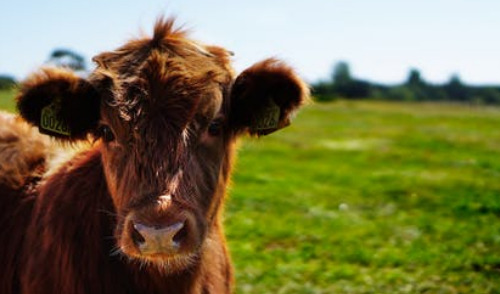Roadmap for future agricultural research decisions, up to 2050, laid out by USDA
The US Department of Agriculture (USDA) recently released a summary and dashboard to pave the way for innovation in agricultural research for the next 10 to 30 years. The verbosely titled plan, ‘The Agricultural Innovation Strategy Directional Vision for Research” is both a tool for collaboration and summary of the Agricultural Innovation Agenda (AIA). Stakeholders in the farming industries can use the dashboard to explore and share data and help define more focused goals for innovation in their field.
AIA Ambitions
The mission and spirit of the new plan is to ensure that everyone in the country is fed, and that this is done ethically. Facing a growing population and a volatile climate, the challenge may seem daunting, but the USDA excitedly reminds the public that food production has increased 400% in the last 90 years while becoming more environmentally conservative in the process.
The AIA itself is divided into four components:
- To develop innovative strategies.
- To integrate new technology within USDA programs.
- To periodically review and analyze production data.
- To be held accountable through benchmarks set by the USDA.
The current goals that at the forefront of the AIA today are more abstract than their overall, and very concrete, ambition: to increase the country’s agricultural production by 40% while simultaneously cutting the environmental impact of that production by 50%- with a deadline of 2050. To get the engine going, so to speak, the AIA is now focused on defining goals, and then identifying gaps, barriers, and obstacles that impose on those goals. Scott Hutchins, who is a leader in USDA research and education, said the AIA is trying to “create enthusiasm, bridge collaborations, drive constructive discussions, and spark imagination.” The next steps are to align existing USDA resources, programs, and research as to give farmers the tools to start positioning the US as a global leader in meeting the future needs of food, fiber, fuel, feed, and climate demands.
“Innovation Cluster Areas”
The AIA has segmented its needs for technological advancement into four “innovation cluster areas:” Genome Design, Prescriptive Intervention, Digital Automation, and Systems-Based Farm Management. Each area can be explored through 3 timeframes. The near-term solutions, which focus on needs for innovation within the next 10 years. Longer-term transformations are for projects to potentially be implemented in 11 to 20 years. And next-era concepts are for ideas that wouldn’t fully manifest for 21 to 30 years.
-
Until Next Time,

The information has been obtained from sources considered reliable but we do not guarantee that the foregoing material is accurate or complete. Any opinions are those of Serving Those Who Serve writers and not necessarily those of RJFS or Raymond James. Any information is not a complete summary or statement of all available data necessary for making an investment decision and does not constitute a recommendation. Investing involves risk and you may incur a profit or loss regardless of strategy suggested. Every investor’s situation is unique and you should consider your investment goals, risk tolerance, and time horizon before making any investment or financial decision. Prior to making an investment decision, please consult with your financial advisor about your individual situation. While we are familiar with the tax provisions of the issues presented herein, as Financial Advisors of RJFS, we are not qualified to render advice on tax or legal matters. You should discuss tax or legal matters with the appropriate professional. **




